A félig szilícium-dioxid-tégla egy alumínium-szilikáttermelő termék, alumínium-oxiddal (Al2O3) tartalma 15-30%, és egy félig savos tűzálló tégla. A félig szilícium-dioxid-téglák általában tűzálló agyagot használnak, amely kvarc homokot tartalmaz, pirofillit, tűzálló agyag, vagy a kaolin jótékonysági hullás nyersanyagként. A félig szilícium-dioxid-téglák kevésbé zsugorodnak a tüzelés során, Mert 1250 ° C -on, A nyersanyagban lévő kvarc cristobalitré alakul, És a hangerő bővül, amely részben ellensúlyozza az agyag -szinterelés során előállított zsugorodást. A félig szilícium-dioxid-téglák gyártási folyamata két típusra osztható: kirúgták vagy nem lőtték. A kirúgott téglák gyártási folyamata alapvetően megegyezik az agyagtéglákkal; A nem tüzelésű téglák többnyire vízpohárból készülnek, mint iratgyűjtő.

Félig szilícium-dioxid-tégla részletek
| Termék neve | Félig szilikon tégla |
| AI2O3/% | 21.59 |
| Sio2/% | 76.58 |
| Fe2o3/% | 0.83 |
| Refraktor ℃ | 1630-1650 |
| Ömlesztett sűrűség g/cm³ | 2.1 |
| Látszólagos porozitás % | 18 |
| Normál hőmérsékleti nyomószilárdság / MPA | 29 |
| Terhelés lágyulási hőmérséklete(T6.6) / °C | 1490 |
A félig szilícium-dioxid-téglák jellemzői
Tűzálló: A félig-szilícium-dioxid-téglák refraktívsága általában 1580 ° C és 1680 ° C között van.
Kémiai korrózióállóság: Jó korrózióállósággal rendelkezik a savas és lúgos salakkal szemben.
Hőstabilitás: Jó hőstabilitással rendelkezik és nagy hőmérsékleti ingadozásokkal rendelkező környezetekhez alkalmas.
Félig szilícium-dioxid-tégla alkalmazás
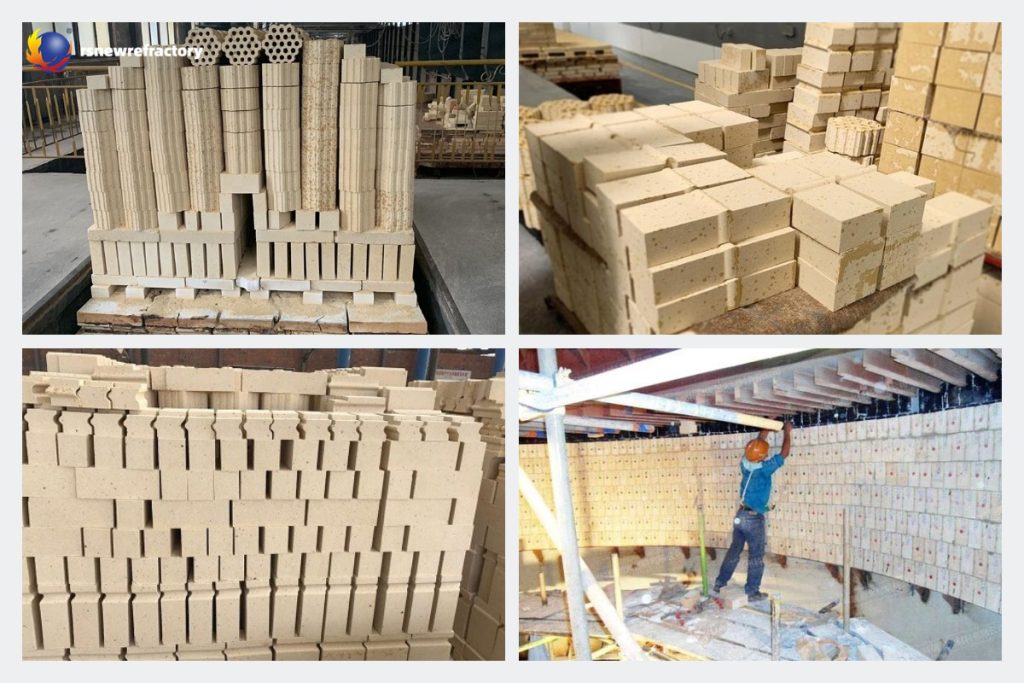
A félig szilícium-dioxid-téglák magas hőmérsékleten stabilak (kissé kibővített), ami előnyös a kőműves integritásának javításában és a salak eróziójának csökkentésében a falazaton; Ha érintkezik a magas hőmérsékletű salakmal, Egy réteg viszkózus mázas anyag képződik a tégla felületén, A pórusok blokkolása és a salak behatolásának megakadályozása a téglába, ezáltal javítva a tégla erózióellenes képességét; és a terhelési-deformációs hőmérséklet viszonylag magas; Tehát bizonyos esetekben, Szolgáltatási élettartama nem alacsonyabb, mint a szokásos agyagtégla.
A félig szilícium-dioxid-téglákat elsősorban acél kanál és tűzálló rétegek bélésként használják acélrendszerek öntésére. Ezen kívül, Használhatók forró kemence tetőkhöz is, regenerátor ellenőrző tégla, kupola bélés, Különböző kemencék alsó és füstök.
Félig szilícium-dioxid-téglagyár gyártási folyamat
- Nyersanyagválasztás: Válassza ki a magas szilícium- és alumíniumtartalommal rendelkező nyersanyagokat, mint például agyag és kvarc.
- Keverés és homogenizálás: Keverje össze és homogenizálja a nyersanyagokat az összetevők egyenletes eloszlásának biztosítása érdekében.
- Öntvény: Használjon olyan formázási módszereket, mint például a sajtó vagy az extrudálás, hogy a szükséges formájú téglákat készítsen.
- Szárítás: A téglákat szárítószobában szárítják, hogy eltávolítsák a nedvességet.
- Égetés: Magas hőmérsékletű égetés egy alagútkemencében vagy shuttle kemencében, hogy kemény félig szilícium-dioxid-téglákat képezzen.
- Ellenőrzés és osztályozás: A kirúgott félig szilícium-dioxid-téglákat a minőség szempontjából ellenőrzik és méret szerint osztályozzák, megjelenés, és a teljesítmény.
Rongsheng cég bemutatkozása
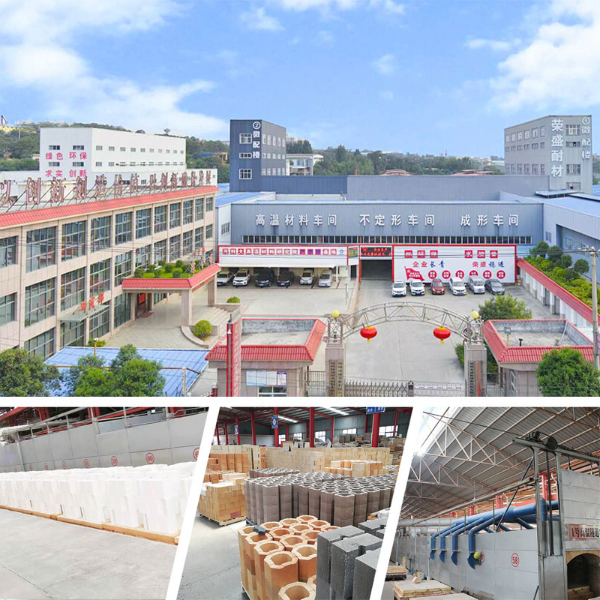
A Rongsheng Company a tűzálló anyagok professzionális szállítója, val vel 10 éves export tapasztalattal, exportál több mint 80 országok. A Rongsheng Company fő termékei közé tartoznak a különböző tűzálló téglák, formálatlan tűzálló anyagok, kohászati anyagok, hőszigetelő anyagok és így tovább.
 Rongsheng tűzálló anyagok gyára
Rongsheng tűzálló anyagok gyára
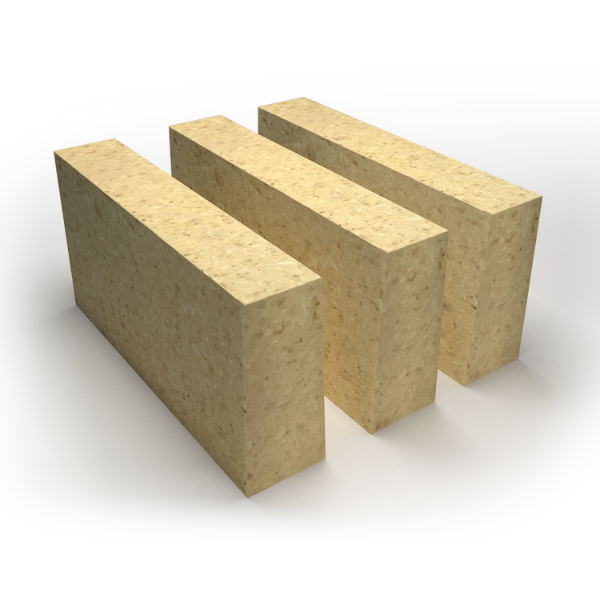
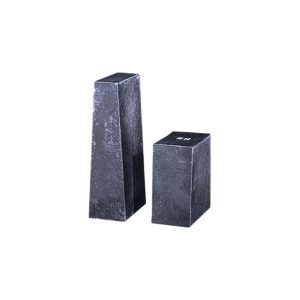
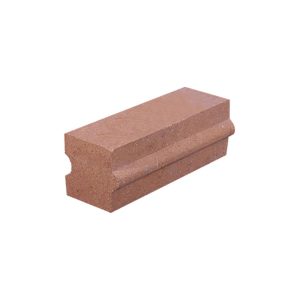
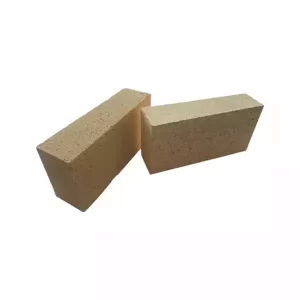
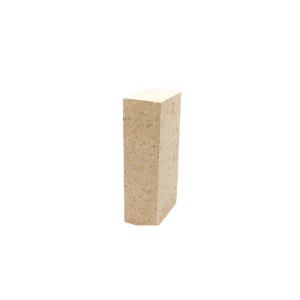
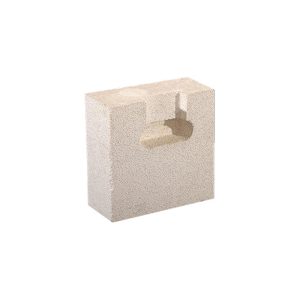
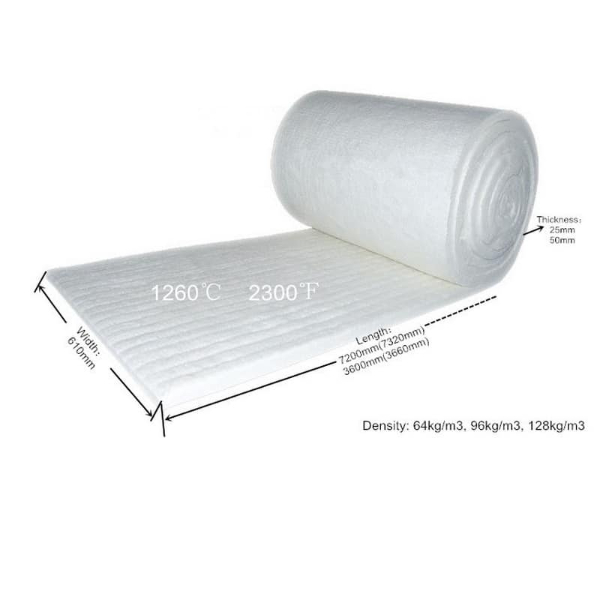
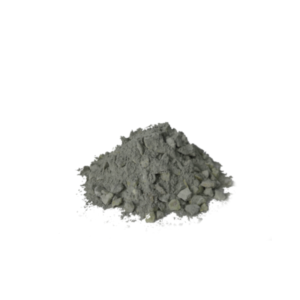
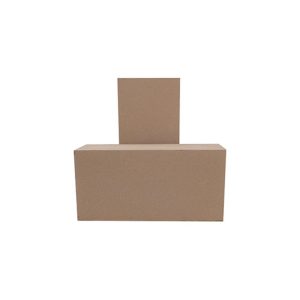
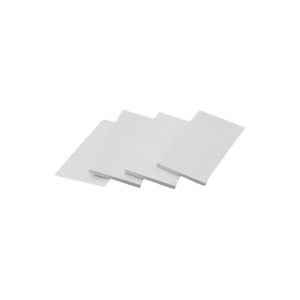
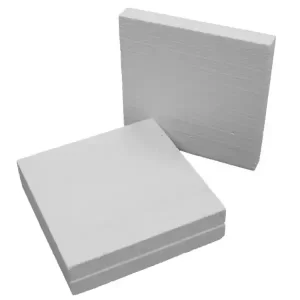
WeChat
Olvassa be a QR-kódot a wechat segítségével